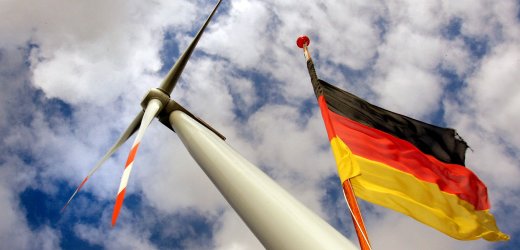In march of 2011 Japan suffered one of the most devastating nuclear disasters since the 1986 USSR Chernobyl meltdown. When a combination of earthquakes and tsunami’s struck the coast of Japan the damage proved to be too much for the 45 year old Fukushima Daiichi nuclear power plant. Although the facility did meet all of the government’s safety standards there was not significant planning in regards to the danger of tsunamis. The backup generators designed to keep the reactors cool in the case of emergency failed rendering the plant useless as a result of flooding. The site consists of six light boiling water reactors, the plant is capable of producing 4.7 gigawatts of power. Originally designed by the American company General Electrics, the station was built and run by the Tokyo Electric Power Company or TEPCO. The plant was halfway shut down at the time it was damaged by a powerful 9.0 earthquake, the three online reactors were immediately shut down after the shock. Reactors one through three remained stable until immense flooding disabled the backup generators that were powering the coolant systems. The reactors began to heat up and meltdown, the government had no choice but to keep what was left of the facility cool by flooding it with seawater, temporarily keeping in the decay heat. The uranium fuel rods continue to produce decay heat for several days even after the reactor is turned off. With massive amounts of radiation being released the seawater soon failed to contain the heat. The remaining water mixed with the overheating metal creating explosive hydrogen gasses, further hindering progress of repair workers and leading to several explosions taking place within the facility. These unsafe conditions led to the government evacuating civilians within a 12 mile radius of the nuclear plant, emergency personnel worked shifts to reduce exposure to radioactive material as they slowly repaired the damaged facility. The damaged caused by this disaster may not be apparent until many years in the future, radiation is expected to adversely effect everyone who was exposed. Much of the seawater used to cool the failing reactors was simply returned to the ocean, in addition massive amounts of radiation was discharged into the air, widespread concerns are emerging about Japanese land being contaminated by this radiation. Initial reports from TEPCO are that around 900PBq (petabecquerels) however because of a lack of transparency within TEPCO, it is very likely that these numbers are unrealistically low estimates. in December of 2011 TEPCO announced the plant was being put into cold shutdown. Because their country is scarce in domestic energy such as oil and coal the Japanese government hailed nuclear energy as a way to achieve energy independence. The governments is now reversing its policies, in the past Japan planned to power much of their country on nuclear energy, now they plan to shutdown all 50 of their nuclear plants by 2040. Public opinion now demands safety over energy independence, Japan is now looking towards futures in solar energy, they hope these new technologies can yield enough power to replace their Nuclear plants that will soon be decommissioned. overall this switch will be costly, Japan was headed towards a goal of powering half of their country with nuclear energy by 2030, reversing this deadline may prove to too costly to follow through with.

The functioning Fukushima Daiichi power plant

Workers wearing radiation suits repair the damaged plant

The Plant is severely damaged
Works Cited:
- World Nuclear Association, http://www.world-nuclear.org/info/fukushima_accident_inf129.html
- The Guardian, http://www.guardian.co.uk/world/2012/sep/19/japan-2040-nuclear-power-exit
- BBC news, http://www.bbc.co.uk/news/world-asia-19645305
- the Epoch times, http://www.theepochtimes.com/n2/world/why-tepco-failed-to-prevent-fukushima-disaster-302792.html















